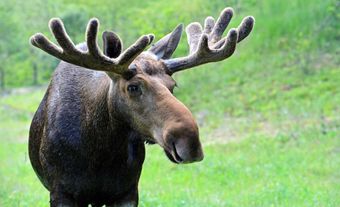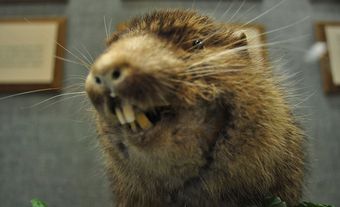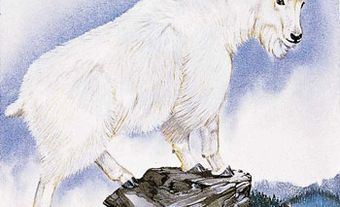The lynx is a medium-sized, carnivorous mammal of family Felidae. Canada lynx (Lynx canadensis) is distinguished from the North American bobcat by its tufted ears, large feet, long legs and lack of a white patch below the tail tip. The buff grey, indistinctly spotted fur is long behind the jaws, on the sides of the body and back of the hind legs. Males are larger than females and size ranges widely (5-13 kg).
Distribution and Habitat
Lynx inhabit northern mainland North America and Newfoundland, and occur accidentally on Baffin Island. Once found throughout Canada, they have now been eliminated from settled areas in the south. Lynx fur is prized by furriers, and overtrapping coupled with elimination from settled areas has seriously reduced the population. Eurasian lynx (L. lynx) occupies forested parts of northern and central Europe and northern Asia. Their chief food is snowshoe hares, although red squirrels, caribou calves and other small mammals and birds are taken. The lynx population cycle follows hare abundance on about a 10-year base.
Reproduction and Development
Females bear 1-5 (usually 3) kittens about 63 days after breeding in March and April. Kittens are born in a den under a windfall or some natural shelter, and are brownish with blotched upper parts. They become independent in autumn of their second year, when fully grown. Individuals become mature at one year.

 Share on Facebook
Share on Facebook Share on X
Share on X Share by Email
Share by Email Share on Google Classroom
Share on Google Classroom







